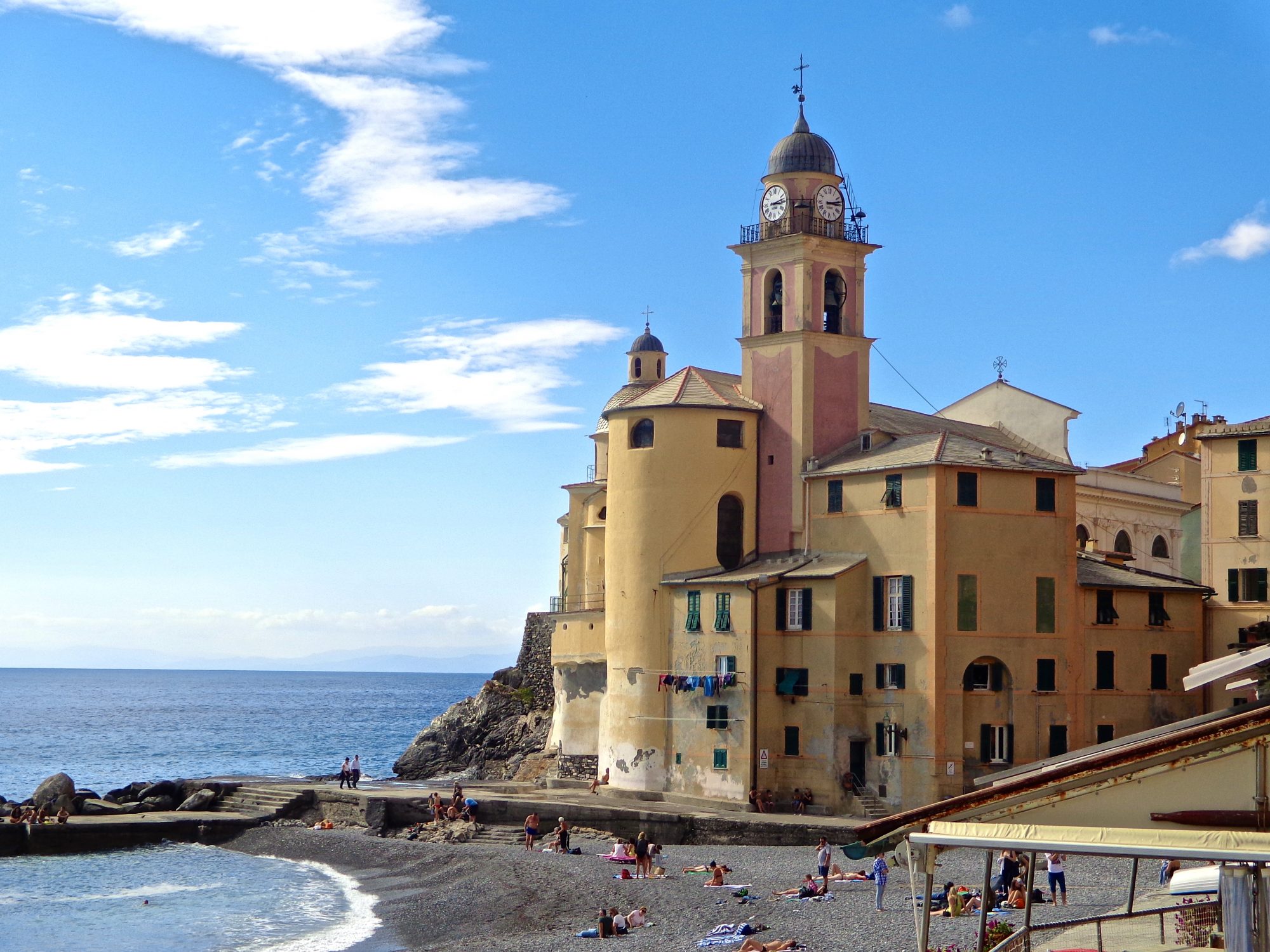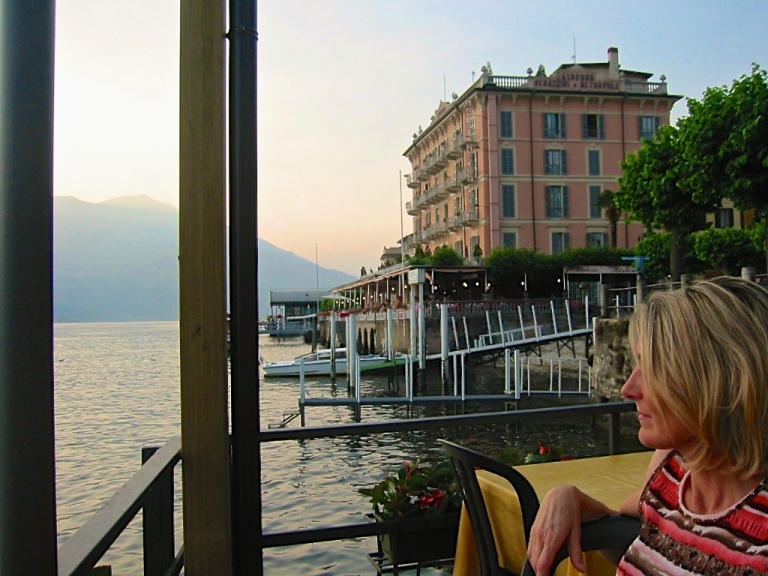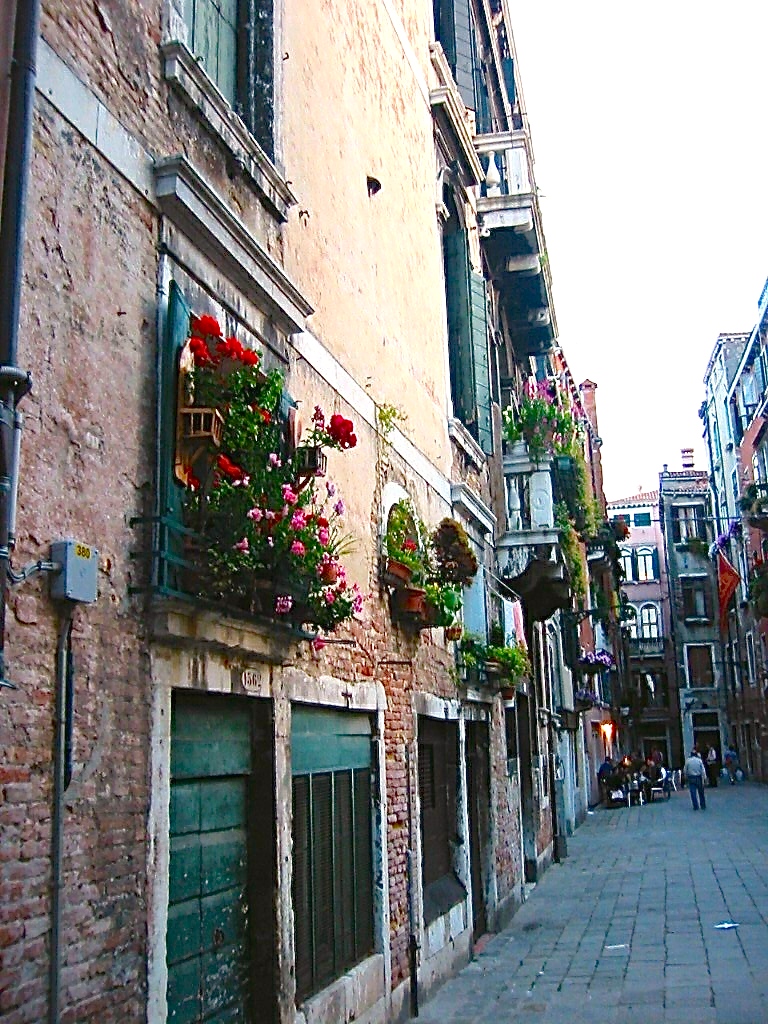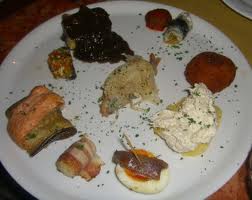He who works with his hands and his head and his heart is an artist.”
― St. Francis of Assisi

The flood of 1966 in Florence devastated millions of art masterpieces and rare books. The Franciscan Basilica of Santa Croce was one of many buildings left in terrible conditions. Swirling river bottom mud settled inside the church, causing heavy damage to valuable works of art. It took a long time and a lot of effort to remove all of the debris. Because of its geographical location, Florence often flooded, always leaving behind a muddy mess.
Volunteers from around the globe came to clean the city of refuse, mud, and oil. They removed works of art, books and other valuables from flooded rooms. Conservators worked tirelessly to restore these pieces to as close to their original condition as possible. These volunteers became known as Angeli del fango–angels of the mud.
On my first visit to the Basilica of Santa Croce, I passed Cimabue’s Crucifix, painted in 1272. It was heart wrenching to see the degree of water damage that had altered the painting. 60% of its paint was missing. Housed in the refectory of the Museo dell’Opera di Santa Croce, the flood waters had risen to twenty feet, taking most of the paint off of the over 700-year-old Christ figure.
The wooden crucifix absorbed so much water that it expanded by three inches and doubled its weight. It took years for the cross to shrink back down to its original size. I could see spots with sections missing. The wood had cracked, it grew mold, and paint began to flake off even after it was removed from the refectory. Later on, the cracks were filled in with prepared Poplar from the Casentino Forest, where Cimabue obtained the original Poplar. Little restoration which can be seen with the eye has been applied to the Crucifix, and it still bears the effects of water damage.


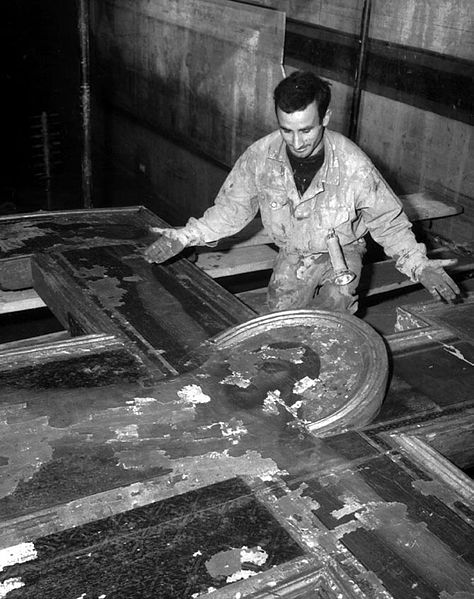
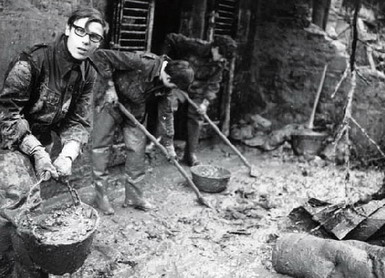
“What we were doing was dictated by the desire to give back the traces of the history of the past to future generations, so that it could be used for the spiritual growth of people who perhaps had yet to be born….it was the international community that worked to try to save Florence, this unique patrimony that belonged to the whole world.”
Mario Primicerio, Speciale Alluvione
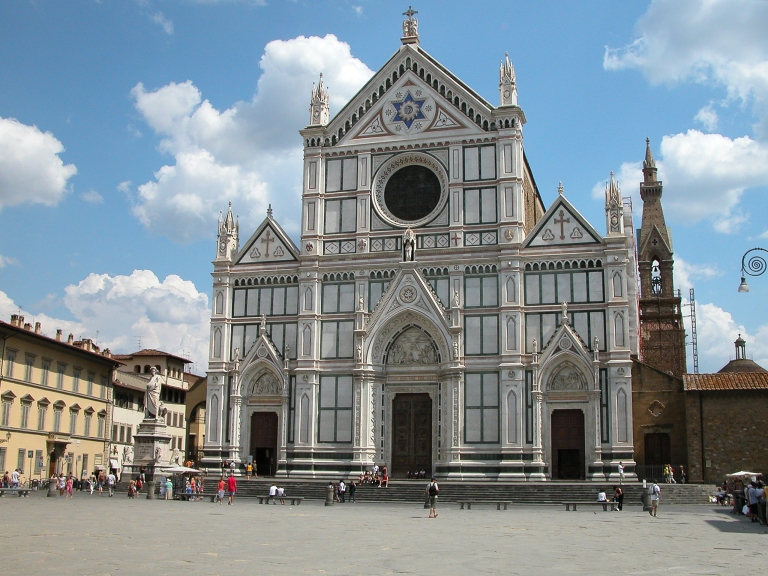
As I continued my walk through the church, I felt a deep respect and appreciation for the many old works of art. They were all beautiful and rich with color, painted by famous art masters of the late medieval and early renaissance. I was touched by how an international community of caring people pitched in together to help in a time of crisis, to save a heritage that is precious to everyone. It can be said that Cimabue’s Crucifix is a part of us all.
